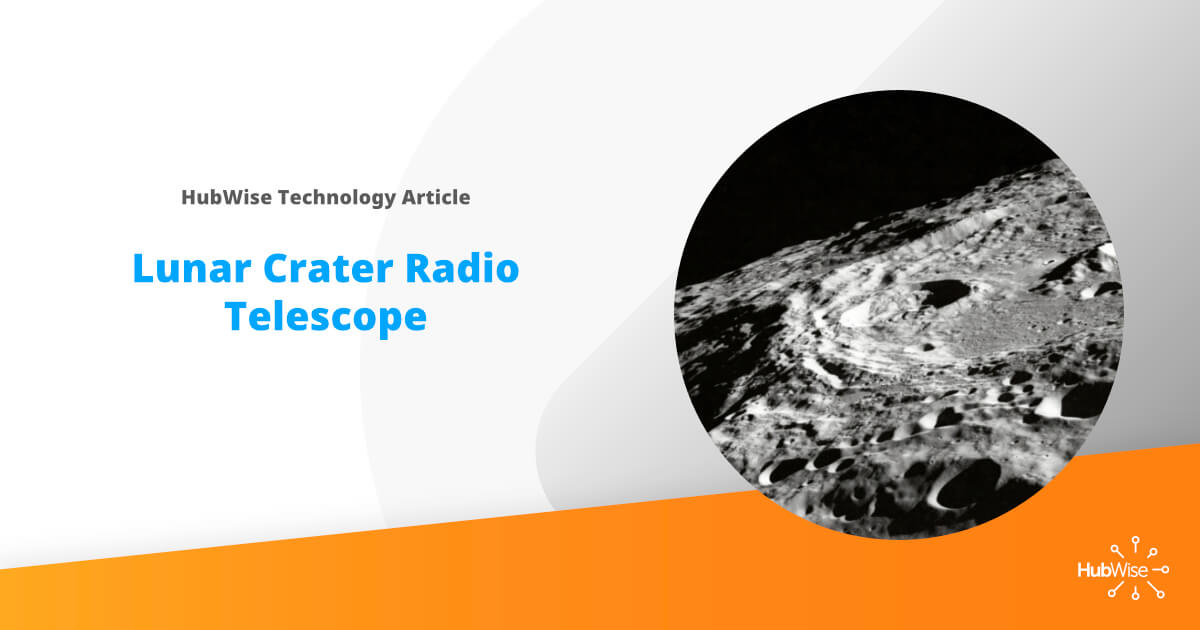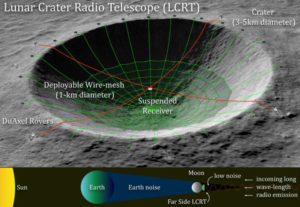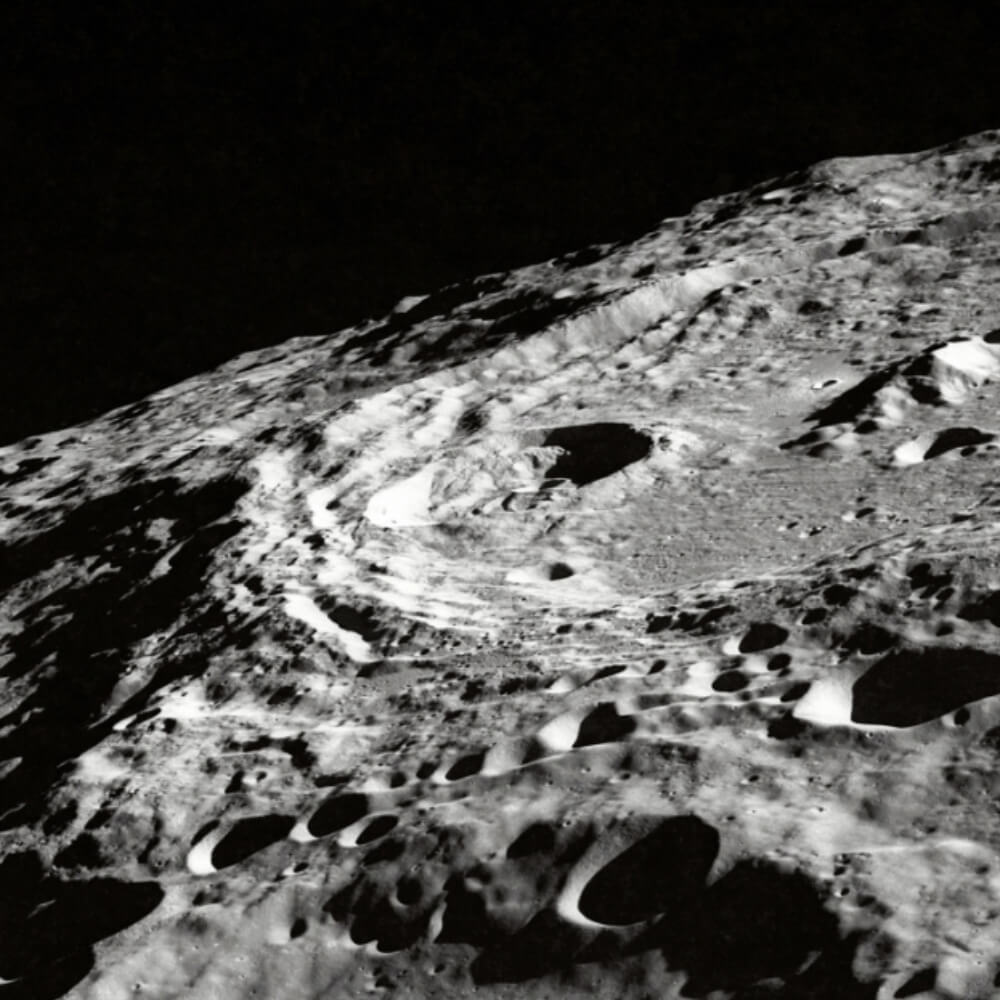
Lunar Crater Radio Telescope
NASA is proposing to create the solar systems largest Radio Telescope, by deploying a wire-mesh grid inside of a crater on the far side of the moon. This wire-mesh grid would measure 1 kilometer, and sit inside of a crater with a 3-5 kilometer diameter.

Radio Telescopes have been in use since 1937 and are utilized to detect radio-frequencies emitted by extraterrestrial sources. Radio Wavelengths are much longer than those of visible light; to compensate a very large reflector, or dish is used to feed the incoming wave into a receiver and amplifier. There are limitations to a terrestrial based radio telescope. The majority of the limitations are based on 2 factors, larger wavelengths cannon penetrate our Ionosphere, reflecting back into space, and radio interferences that interrupt the ability to receive the signals.
A Lunar Crater Radio Telescope (LCRT) eliminates the first two limitations. It is very difficult for a radio wavelength longer than 6 meters to penetrate our atmosphere. A lunar based telescope would be able to receive signals from 6 meters all the way up to 30 meters in length. This will allow NASA to explore new signals with the hope to seeing other solar systems in the creation phase. The Moon will also be used as a shield to protect the LCRT from interference created on Earth, especially from other radio wave sources. The most obvious benefit to creating the LCRT, is it’s resemblance to the Death Star. Because our Moon will only be used to explore new solar systems, not destroy planets of our enemies, we should not have to worry about it’s destruction by rebels.
HubWise Technology is always exploring the newest technologies that come to market. While this technology will not help us manage our Clients IT infrastructure, if you would like to find out what we us that does, feel free to reach out to Jason at 402-339-7441 or jmoen@hubwisetech.com.
